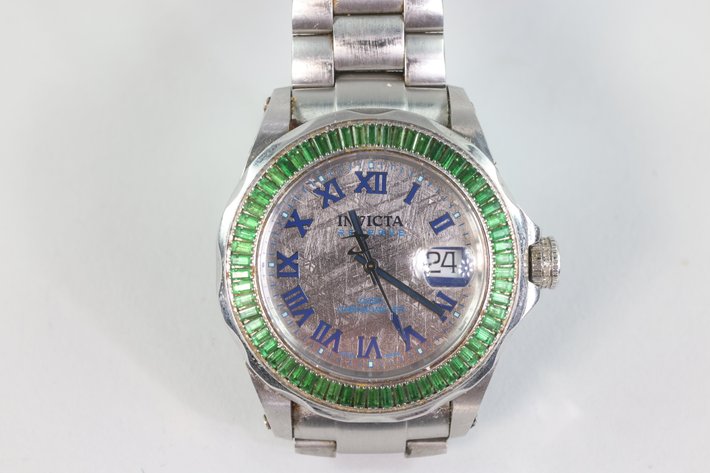Whatever your situation, we’ll teach you all of the top tips for distinguishing a real antique from a fake. Let’s get started.
How to Tell If an Antique Is Real
1. Look for signs of age
An antique refers to an object that is over 100 years old. If you have a true antique, you should expect to find signs of age. There may be boards separating on the seam, black marks that indicate that there’s been water on the piece at some point, nicks and dings in the corner, or even wormholes – but double-check that a worm and not a drill made these!
These signs of age are like a badge of honor for an antique. If you wanted a piece that was in perfect condition, you’d go buy a new piece of furniture. Make sure you’re not being sold something fake by checking for its age through these tell-tale signs.
2. Check the hardware
Hardware is also a great way to see if a piece is legitimately old. Hardware has become increasingly more consistent over time, so if you’re noticing that all of the hardware appears the same, then you may have a fake on your hand.
Take a good look at your antique and make sure that the hardware appears at least slightly different from the others. Specifically, a single slot screw is a sign of age as well as square nails and wormholes. That said, always beware that someone could build a new piece of furniture with old nails or wood, so you’ll want to keep these factors in mind along with everything else on this list.
3. Observe the wear
An antique will have some signs of wear. No 100-year-old object or piece of furniture will have sat in a backroom all of its life! So, for instance, check for the drawer’s runner for signs of wear. Has it been opened continuously? Does an object have some nicks and scratches because it’s been moved or handled?
4. Examine the piece itself
When you’re examining an antique for legitimacy, you’ll want to really examine it. If you’re looking at a side table, take out the drawers so you can see the bottoms and the sides. An antique will have irregular dovetail joints while a new side table will have perfect joints that have been cut by a computer-aided machine.
You should also check an antique for refinishing because, even if it is a true antique, the original finish will be worth more. You can do this by turning the piece upside down or on its back. Check for drips and runs that indicate the piece has been worked over.
Consistency in color and shape can be a sign that you’re not actually looking at an antique. Is the color far more consistent than any hand-staining could get it? Are there factory-rounded corners? Does it have modern screws (as noted above)? And what about the scent? Does it have that “new furniture” scent? This may be one for a trained nose, but there is something different about how new furniture smells versus antiques.
Did you pick up any commonalities among the tips? Antiques are old. If you notice that your antique looks a little bit too new or perfect, then you probably have a fake on your hands, which wouldn’t be worth paying for. Know the signs and save yourself the time, trouble, and money!













